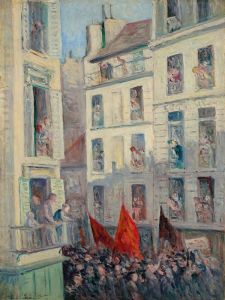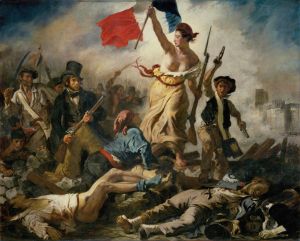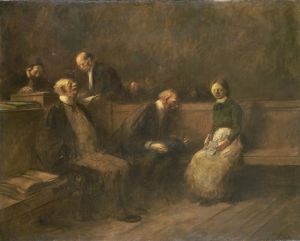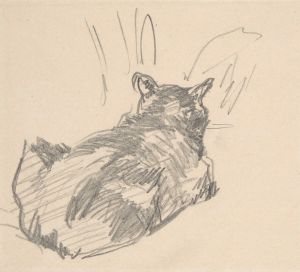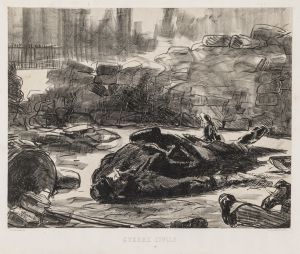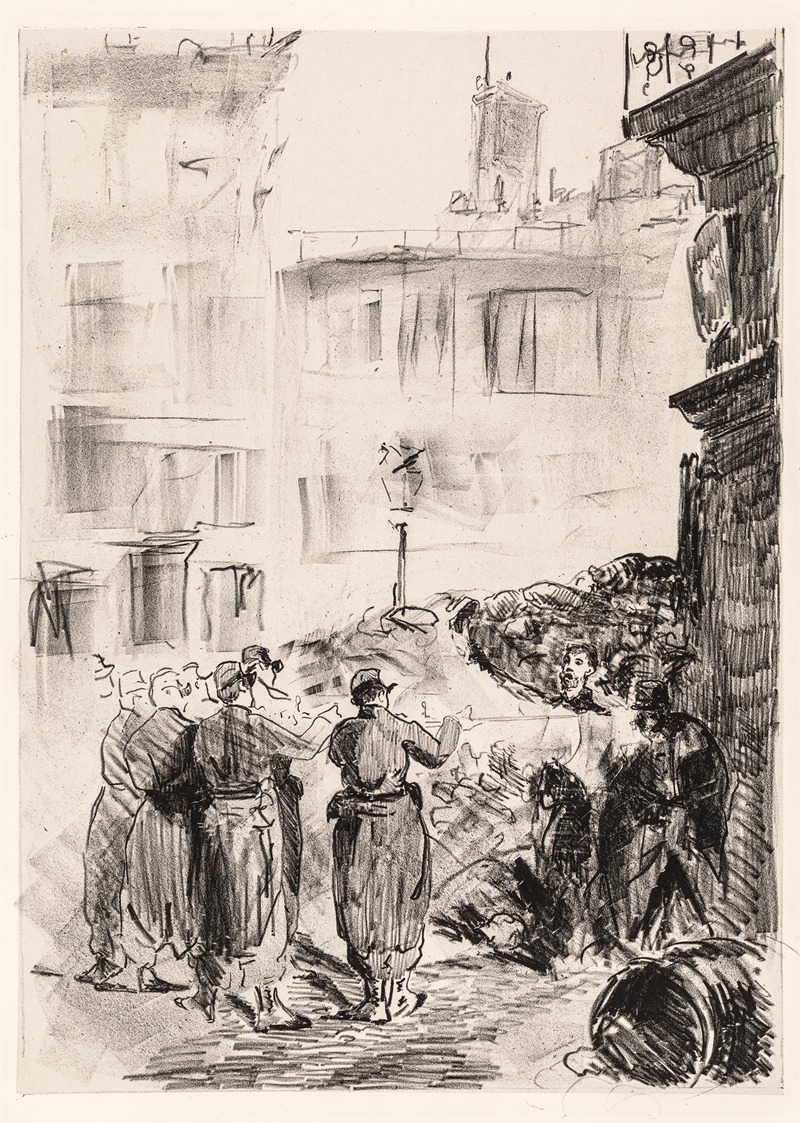
La barricade Scéne de la Commune de Paris
A hand-painted replica of Édouard Manet’s masterpiece La barricade Scéne de la Commune de Paris, meticulously crafted by professional artists to capture the true essence of the original. Each piece is created with museum-quality canvas and rare mineral pigments, carefully painted by experienced artists with delicate brushstrokes and rich, layered colors to perfectly recreate the texture of the original artwork. Unlike machine-printed reproductions, this hand-painted version brings the painting to life, infused with the artist’s emotions and skill in every stroke. Whether for personal collection or home decoration, it instantly elevates the artistic atmosphere of any space.
Édouard Manet's painting La Barricade, Scène de la Commune de Paris is a work that depicts a dramatic moment from the Paris Commune of 1871, a revolutionary socialist government that briefly ruled Paris from March to May of that year. The painting is believed to have been created shortly after the violent suppression of the Commune by French government forces during what is known as "La Semaine Sanglante" (The Bloody Week). This period saw intense street fighting and mass executions of Communards, leaving a deep mark on French society and culture.
The painting portrays a barricade scene, a common symbol of revolutionary struggle in 19th-century France. At the center of the composition, a group of fallen Communards lies lifeless, their bodies arranged in a stark and somber manner. The imagery is thought to reflect the brutal reality of the repression faced by the Commune's supporters. Manet's use of muted colors and stark contrasts emphasizes the gravity of the subject matter, creating a sense of immediacy and tragedy.
Manet's decision to depict this event is significant, as the Paris Commune was a highly controversial and politically charged topic in France at the time. The artist was known for his interest in contemporary events and his willingness to address social and political issues in his work. However, unlike some of his other paintings, La Barricade was not widely exhibited during his lifetime, possibly due to its sensitive subject matter.
The painting is often discussed in the context of Manet's broader body of work, which includes other politically themed pieces such as The Execution of Emperor Maximilian. Like these works, La Barricade demonstrates Manet's engagement with the turbulent political landscape of his era and his ability to capture the human cost of conflict.
The exact location of the painting today is unclear, as it is not part of any major public collection. Some sources suggest that it may have been lost or destroyed, while others speculate that it remains in a private collection. Due to the lack of concrete information, the painting's current status remains uncertain.
Manet's La Barricade, Scène de la Commune de Paris stands as a poignant reminder of the Paris Commune and the sacrifices made by those involved. It is a testament to the artist's commitment to documenting the realities of his time, even when doing so meant confronting difficult and divisive subjects.







